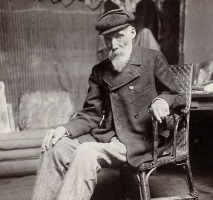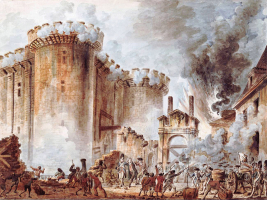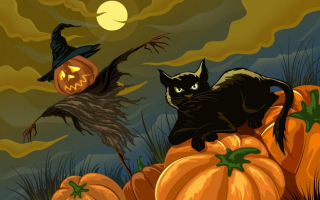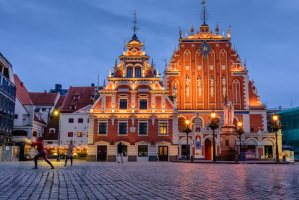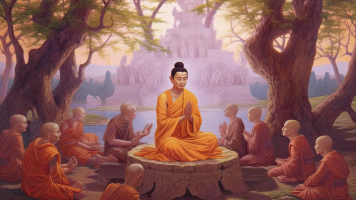Top 9 Key Facts To Know About Kandinsky And His Art
Wassily Wassilyevich Kandinsky was born in Moscow, Russia, on December 16, 1866. He was born and raised in Odessa, where he attended Grekov Odessa Art School. ... read more...Kandinsky is often regarded as the founder of abstract art. He also went to Moscow University to study law and economics. Kandinsky was a lawyer and a professor at the University of Dorpat, which is currently located in Estonia. Let’s discover the key facts to know about Kandinsky and his art now!
-
One of the most interesting and key facts to know about Kandinsky and his art is that he switched to an artistic career due to synesthesia. Synesthesia is a perceptual condition that occurs when one sense is stimulated while another is not. Its name is derived from the Greek words "syn" (join) and "aisthesis" (to put together) (perception). When a person with synesthesia hears a sound or eats, they can smell something or see a shape. Kandinsky, for example, could see colors when he heard music, and he could hear music while painting. Despite his love of painting, Wassily chose to pursue law and received his law degree in 1892. However, the year 1896 marked a turning point in his life.
He had a unique experience due to his synesthesia while listening to a performance of Wagner's Lohengrin at the Bolshoi Theater. He subsequently explained: "I saw all my hues in spirit, before my eyes." In front of me, wild, almost insane lines were sketched. " Kandinsky decided to devote his life to art after this event.
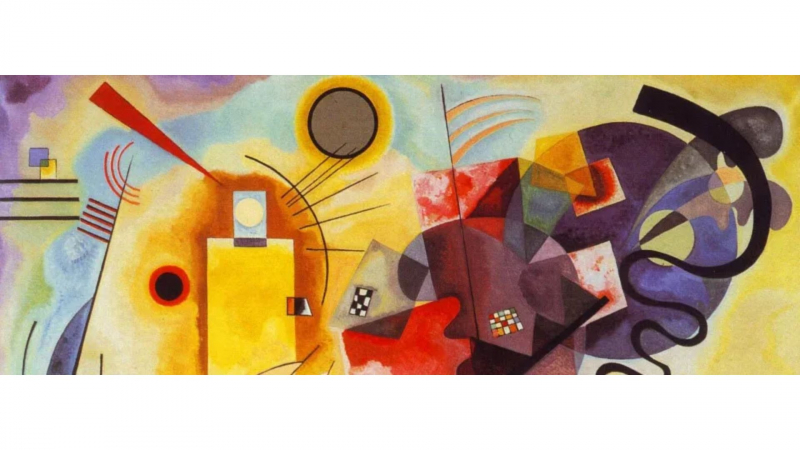
Source: Freethink 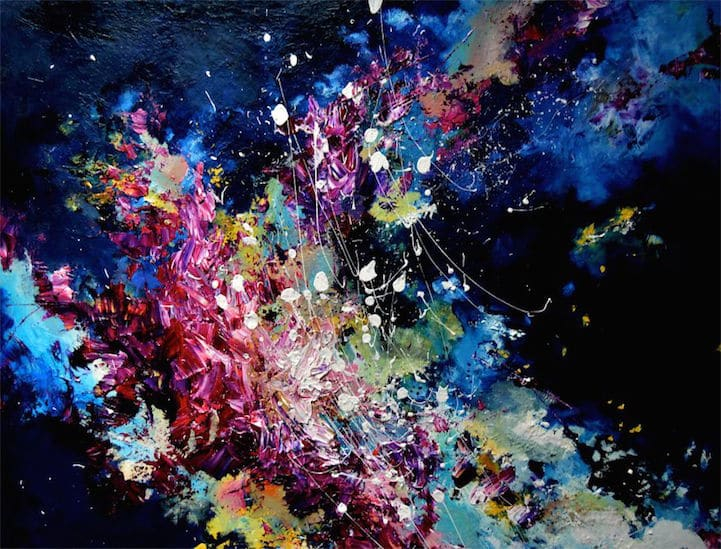
Source: My Modern Met -
Kandinsky was greatly influenced by music when it came to creating art. He suffered from a disorder known as synesthesia, as previously stated. The relevance of music in his art may be seen in the titles of his paintings. Compositions, Improvisations, and Impressions were the titles of his paintings. His tremendous 10 compositions, which spanned more than three decades from Composition 1 in 1907 to Composition X in 1939, were the most notable of these.
His compositions and improvisations have been compared to "symphonies" and "concertos," respectively, while his impressions were frequently written in response to hearing certain pieces of music. Bruno Haas, a German artist, evaluated Kandinsky's work and said how his color families resonated with one another to create visual "chords."
Kandinsky was so obsessed with color and music that he assigned each note a specific hue. He once said, "The sound of colors is so distinct that it would be difficult to find somebody who would express bright yellow with bass notes or dark blue with treble."
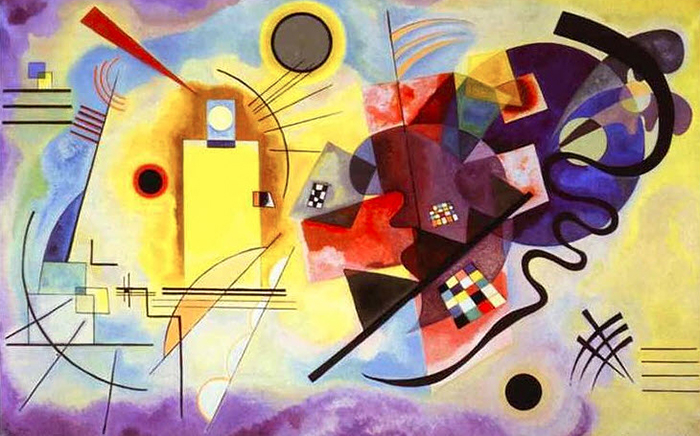
Source: Abstracted Reality 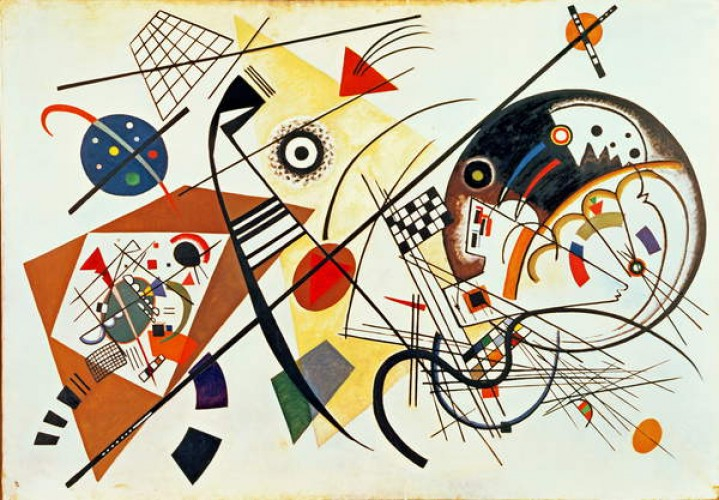
Source: Jasmine Directory -
The Neue Kunstler Vereiningung (N.K.V. ), or New Artist Association, was created in Munich by avant-garde painters. This group included Wassily Kandinsky. He entered his painting, Composition V, in the NKV's third exhibition in 1911. The piece was rejected by the NKV jury, most likely due to its overt spiritual aspect. As a result, Kandinsky, Franz Marc, and Gabriele Münter left the group. Others who were dissatisfied with the NKV's traditionalism quickly joined them. These artists created Der Blaue Reiter (The Blue Rider), a group named after a 1903 painting by Kandinsky. They were led by Kandinsky and Marc. This is one of the most interesting and key facts to know about Kandinsky and his art.
Der Blaue Reiter staged its inaugural exhibition in December 1911, and the Der Blaue Reiter Almanach was published the following year. Though the group's approaches differed, they all shared a fascination in abstracted forms and prismatic hues. Apart from Marc and Kandinsky, Paul Klee, August Macke, Gabriele Münter, Alexej von Jawlensky, and Marianne von Werefkin were also participating. With the outbreak of World War I, Der Blaue Reiter was disbanded. Despite the fact that it only existed for a brief time, it laid the groundwork for Expressionism in Germany. In addition, Der Blaue Reiter influenced a number of following groups, notably Kasimir Malevich's Suprematism and Piet Mondrian's geometric abstraction.
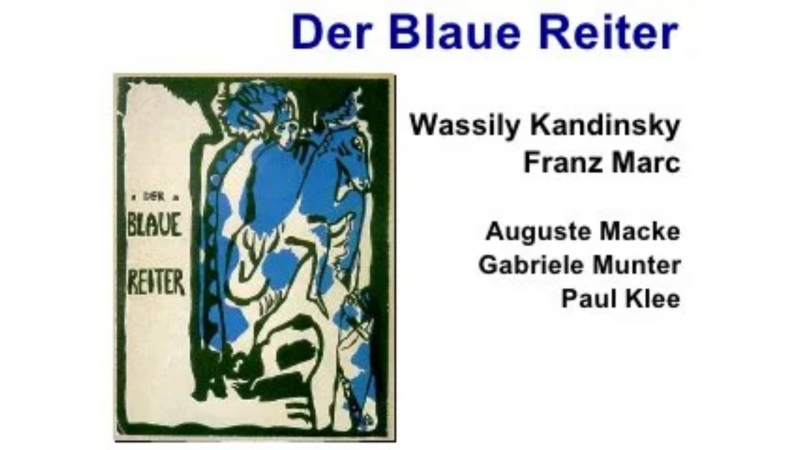
Source: SlideShare 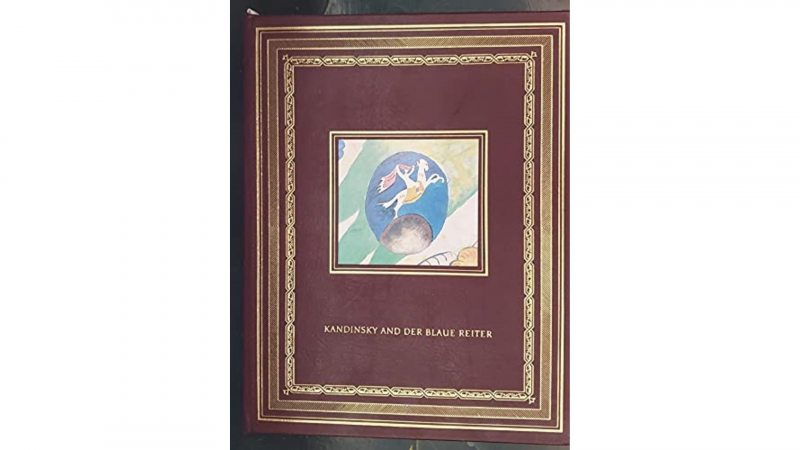
Source: Amazon -
In 1892, Wassily Kandinsky married Anna Chimyakina, his cousin. He had known her since he was a child, and she was six years his senior. In 1902, Kandinsky met Gabriele Munter. She had enrolled at Munich's Phalanx art school, where he was lecturing. Kandinsky was 36 years old at the time, while Munter was 25. They became intimate quickly, and their relationship lasted more than ten years. During this time, Kandinsky separated from his first wife, divorced her in 1911, and moved in with Munter in a house she had purchased, as well as getting secretly engaged to her. Munter was also a founding member of Der Blaue Reiter and a significant contemporary artist in her own right.
When World War I broke out, the couple had to flee to Switzerland since Kandinsky was Russian. Kandinsky returned to his native country, while Munter relocated to Stockholm. Kandinsky married Nina Andreevskaya, who was presumably less than 20 years old, in 1917 when he was 51 years old. Their marriage lasted the rest of his life, which was 28 years. Munter didn't find out about Kandinsky's second marriage until three years later. She sued him for the embarrassment caused by the broken engagement, while he demanded the return of his paintings.
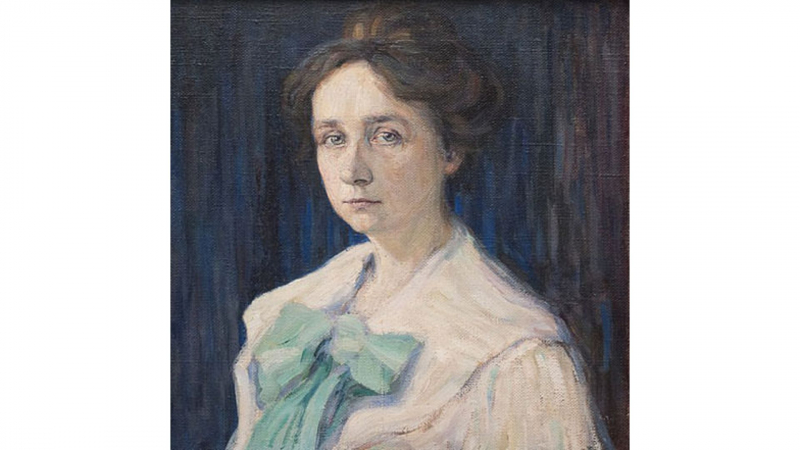
Source: learnodo-newtonic 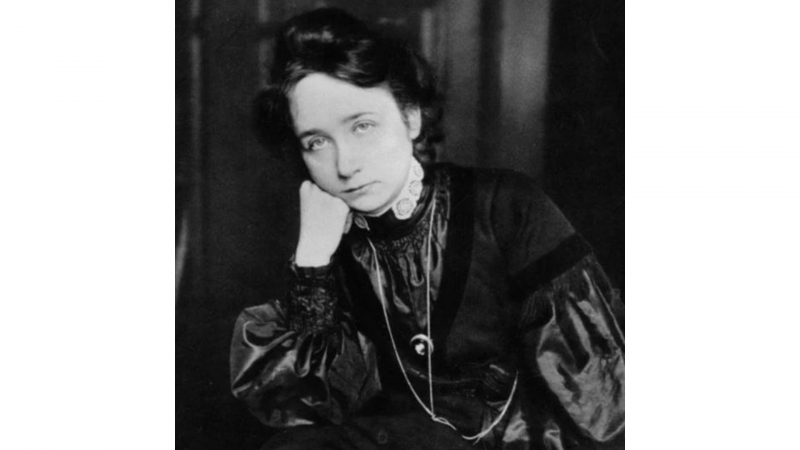
Source: nmwa.org -
Kandinsky first heard Austrian composer Arnold Schoenberg's work on January 2, 1911, during a concert in Munich. The two met for drinks after the show and thus began their friendship. Like Kandinsky, Schoenberg was a revolutionary artist. Most musicians' works, such as Mozart's, Chopin's, and Beethoven's, are composed in a core major or minor key. They build consonant harmonies by following the laws of the diatonic tonal system. Schoenberg employed free atonality instead of the traditional diatonic tonal scheme. The music of Schoenberg could be dismissed as chaos, much as Kandinsky's abstract art might not make sense to the casual viewer. Schoenberg's music, on the other hand, was a revelation to Kandinsky.
They had a long friendship during which they exchanged radical ideas and influences while also harshly critiquing each other's work. They had a big influence on each other's art. This makes the key facts about Kandinsky and his art.
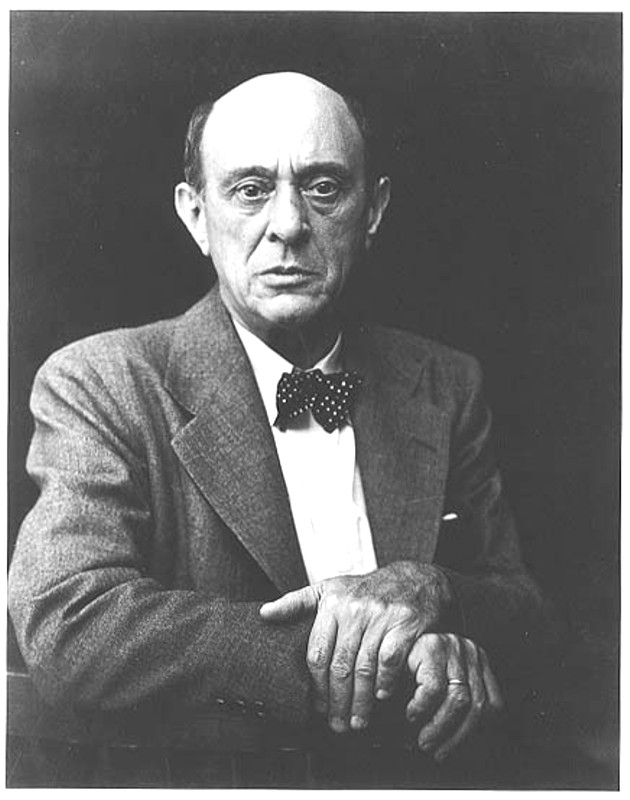
Source:Totally History 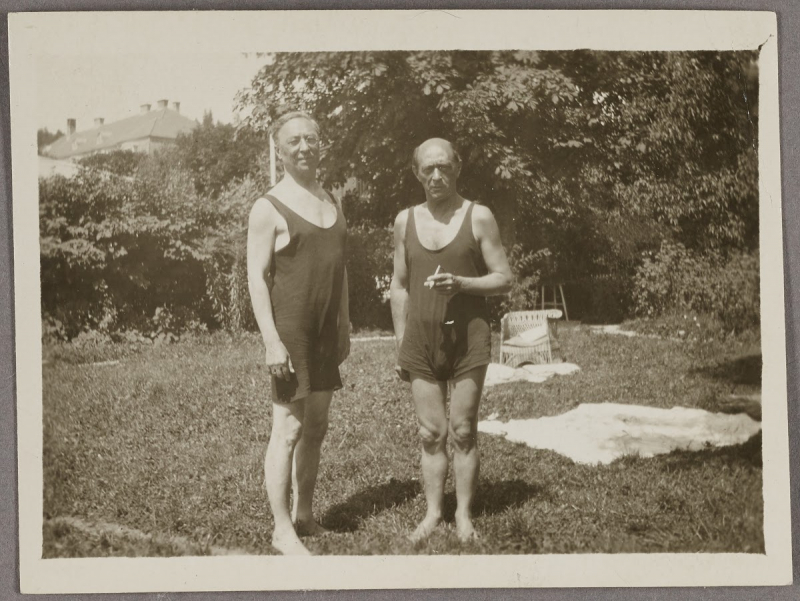
Source: Google Arts & Culture -
The Nazi Party held two art exhibitions in Munich in July 1937, four years after taking power. The Great German Art Show was the first, and the Entartete Kunst (Degenerate Art) exhibition was the second. Wassily Kandinsky's paintings were among the 650 works in the Degenerate Art show. 57 of his pieces had already been confiscated from the nation's museums by the Nazi Party. Apart from Kandinsky, the exhibition featured works by Paul Klee, Max Beckmann, and Emil Nolde, among other modern art greats. The art was divided into rooms based on categories such as blasphemous art, Jewish art, and communist art. The abstract works of Kandinsky found their way into "the insanity chamber."
"In the paintings and sketches of this chamber of horrors, there is no telling what was in the twisted brains of individuals who wielded the brush or the pencil," the exhibition handbook stated. The Nazis later burnt some of the art, including the first three paintings in Kandinsky's Composition series.
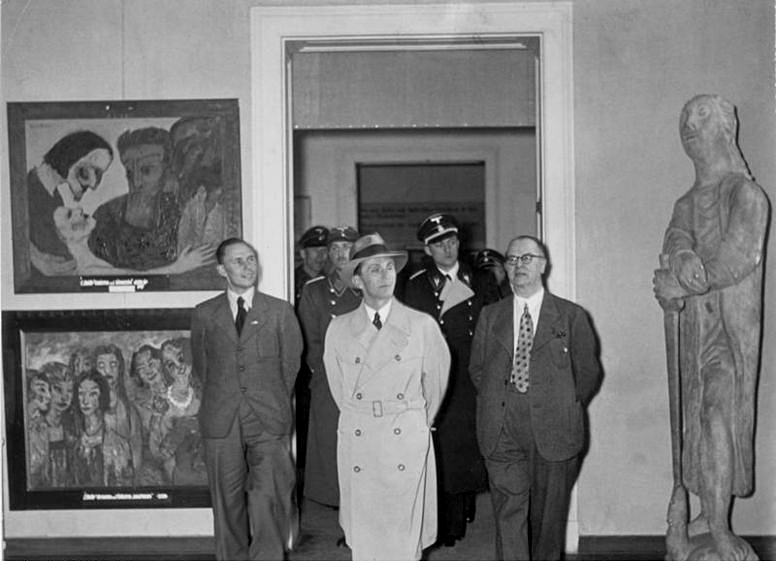
Source: Wikipedia 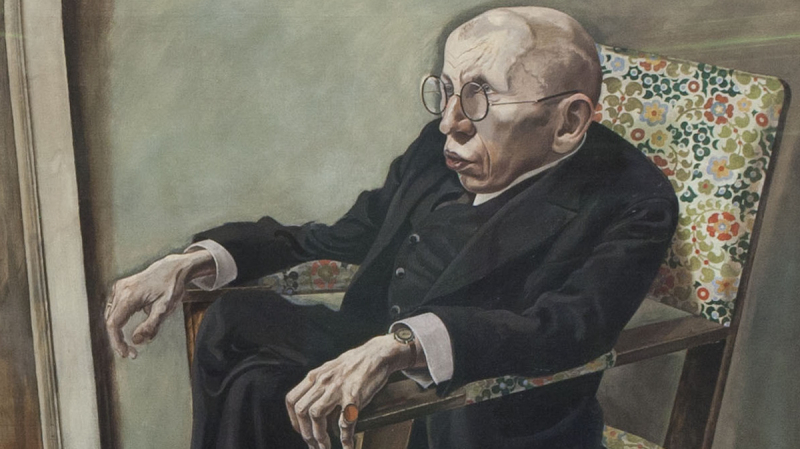
Source: WAMU -
One of the most interesting and key facts to know about Kandinsky and his art is that he did not create the first abstract painting. Wassily Kandinsky is widely recognized as having created the world's first abstract painting. This is the first existing piece in Kandinsky's parallel sequence of abstract "compositions" and "improvisations." Kandinsky left it nameless when he painted it in the early 1910s, but it is now known as the First Abstract Watercolor. It is, without a doubt, one of the first totally abstract pieces of art, but it is not the first. Frantiek Kupka, a Czech painter and graphic designer, was the first to exhibit fully abstract paintings in October 1912. Francis Picabia, a French painter, painted an abstract picture in 1909, long before Kandinsky's thoughts on abstraction were published.
Some consider his watercolor Caoutchouc (Rubber) to be the first fully abstract picture. Hilma af Klint, a Swedish artist and mystic, made her first series of abstract paintings in 1906. Her work, however, was only discovered decades after her death in 1944. As a result, there is debate over who was the first artist in the Western European representational tradition to entirely abandon any connections to well-known forms. It should be emphasized that abstract artworks have long been created in non-Western traditions.
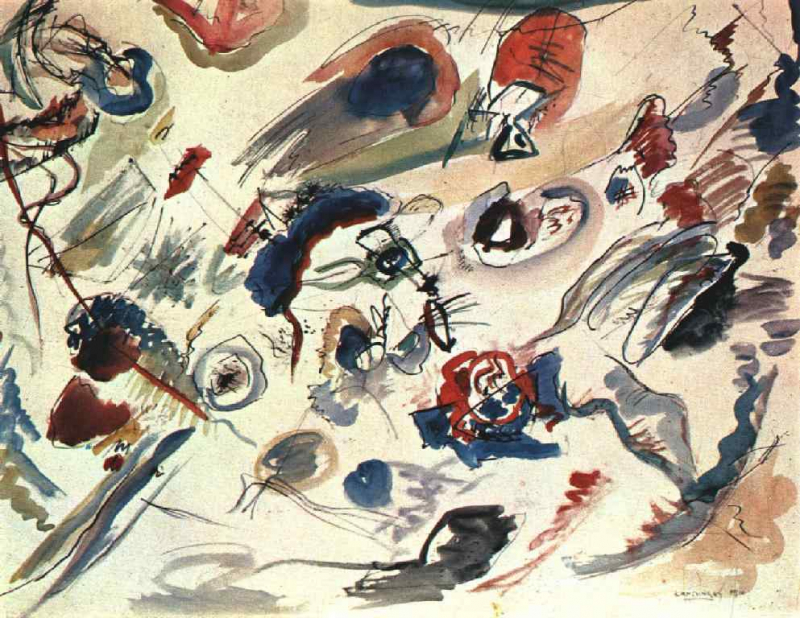
Source: Open Culture 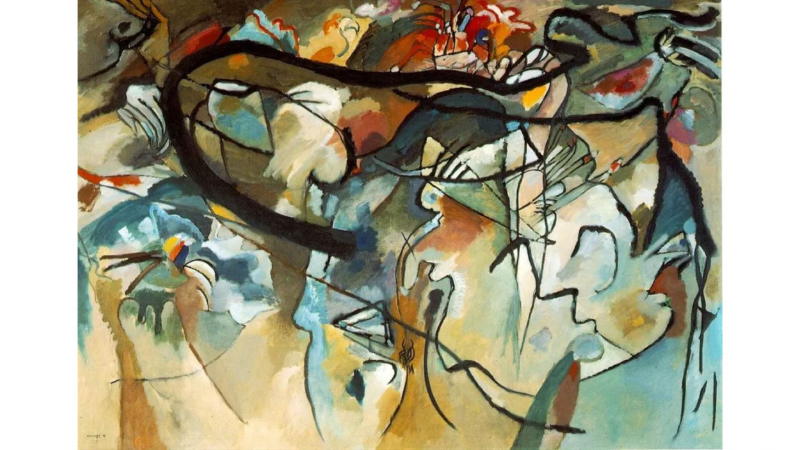
Source: Artsy -
Kandinsky's 1909 painting "Murnau – landschaft mit grünem haus" ("Murnau – landscape with greenhouse") was sold for £21 million ($26.4 million) at Sotheby's Impressionist and modern art sale in London on June 21, 2017. His painting "Sketch for Improvisation No. 8" held the previous record of $23 million. Murnau is a work by Kandinsky created in the early stages of his transition from figuration to abstraction. The work, on the other hand, only held the record for a few minutes. Six lots later, "Bild mit Weissen Linien" ("Painting With White Lines") became the most expensive Kandinsky painting sold at auction, fetching £33 million ($41.6 million) following a 13-minute bidding war.
Painting With White Lines is a significant abstract painting from 1913 that focuses on color. Until this article was updated, it held the auction record for Kandinsky. It's worth noting that his most famous paintings are in museums, so we don't know how much they cost.
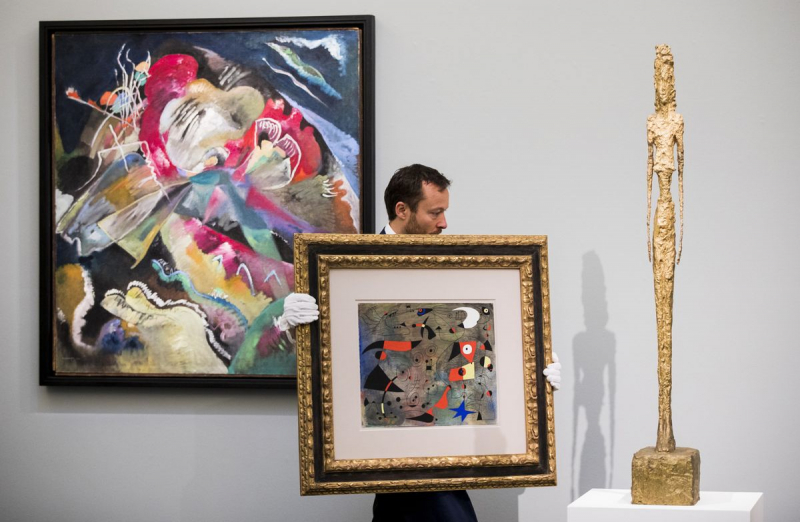
Source: bloomberg 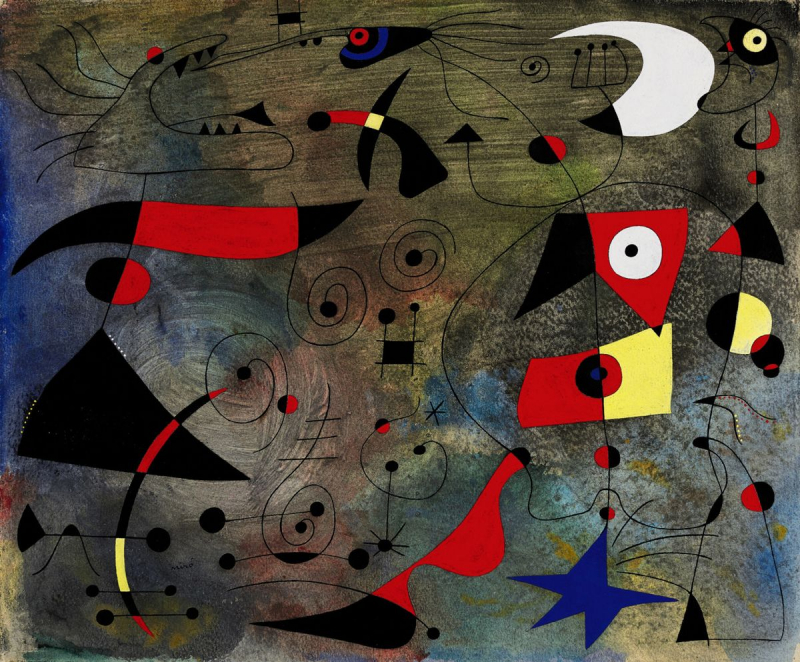
Source: bloomberg -
Kandinsky was an artist on many levels, which should come as no surprise given his musically oriented parents. He was a musician who played the piano and cello, in addition to being a great painter. His paintings are replete with references to music. He approached his painting with the sense of a musician, seeing music as the most transcendent kind of non-objective art. Kandinsky once remarked poetically: "Color is the keyboard, the eyes are the harmonies, the soul is the piano with many strings." The artist is the hand that plays, causing vibrations in the soul by touching one note or another. " This is one of the most interesting and key facts to know about Kandinsky.
Kandinsky was not only a musician and artist, but also a scholar. He earned a job at the Moscow Faculty of Law after graduating from the University of Moscow with honors in 1886 and continued to practice his art on the side. After visiting a show of French Impressionists, he decided to leave his law practice and relocate to Munich to pursue art full-time. Claude Monet's Haystacks in Giverny by Claude Monet encouraged him to stop his law practice.
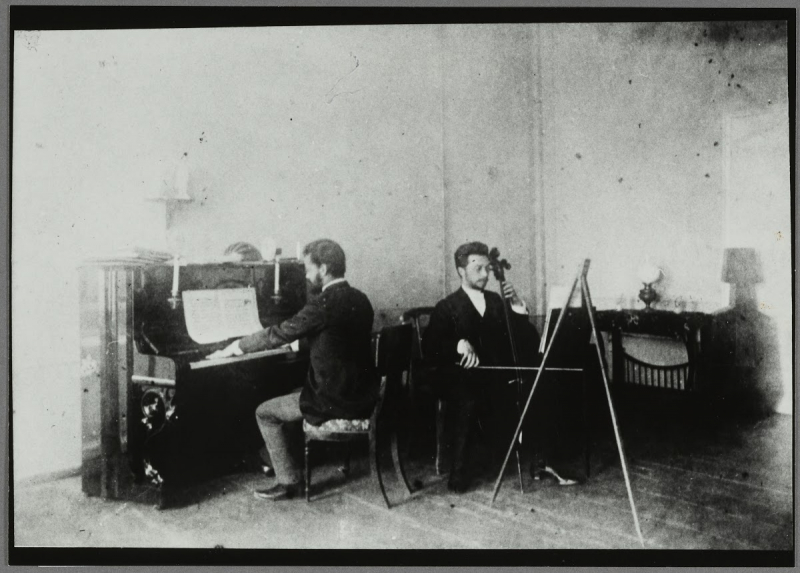
Source: Google Arts & Culture 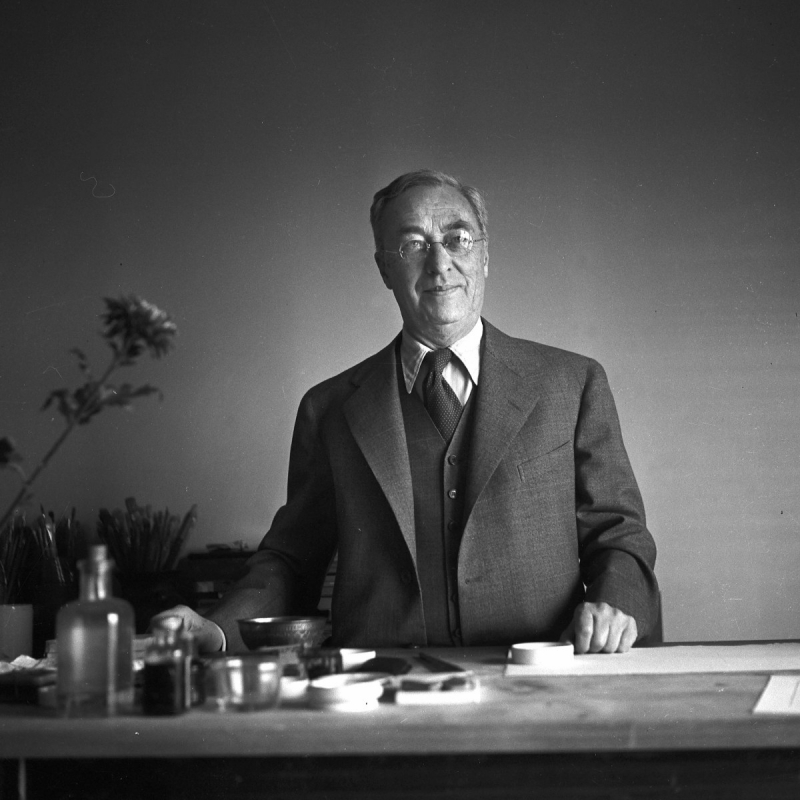
Source: Biography











